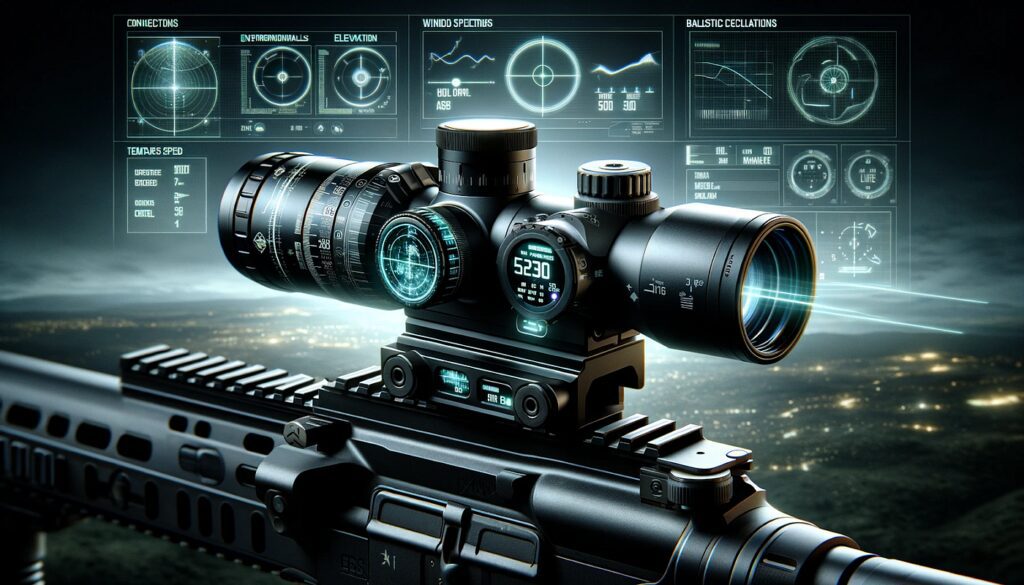In recent years, the field of military technology has seen significant advancements that have revolutionized the way wars are fought. Smart bullets, equipped with sensors and guidance systems, can track and hit moving targets with pinpoint accuracy. Laser weapons, using focused energy beams, can destroy enemy threats with extreme precision. The future of military technology includes developments in autonomous weapons systems and exoskeleton suits to enhance soldiers’ capabilities on the battlefield. These innovations have made warfare more efficient and deadly, giving military forces a significant advantage. The cutting-edge technologies in military operations are continually evolving, shaping the future of modern warfare.
From Smart Bullets to Laser Weapons: The Cutting-Edge Innovations in Military Technology
Introduction
In recent years, advancements in military technology have revolutionized the way wars are fought. From smart bullets that can track and hit moving targets to laser weapons that can destroy enemy drones from miles away, the cutting-edge innovations in the field of military technology have made modern warfare more efficient and deadly than ever before.
Smart Bullets
Smart bullets, also known as guided bullets, are a type of ammunition that can adjust their trajectory mid-flight to hit moving targets with pinpoint accuracy. These bullets are equipped with sensors and guidance systems that allow them to track and adjust their course in real time, making them extremely effective in situations where traditional bullets may miss their target.
One of the key advantages of smart bullets is their ability to engage moving targets, such as enemy soldiers or vehicles, with a high degree of accuracy. This makes them especially useful in urban combat environments, where precision is key to minimizing collateral damage.
Laser Weapons
Laser weapons, also known as directed-energy weapons, are a type of weapon that uses focused energy beams to target and destroy enemy threats. Unlike conventional firearms, which rely on physical projectiles to neutralize targets, laser weapons can deliver high-energy pulses of light that are capable of destroying enemy drones, missiles, and other threats with extreme precision.
One of the main advantages of laser weapons is their ability to engage multiple targets simultaneously at the speed of light. This makes them especially effective against fast-moving threats, such as enemy aircraft or missiles, that may be difficult to hit with traditional weapons.
Future Developments
As technology continues to advance, the possibilities for innovation in military technology are virtually limitless. Researchers and engineers are constantly working on new and improved weapons systems, from unmanned drones that can swarm enemy targets to exoskeleton suits that can enhance soldiers’ strength and endurance on the battlefield.
One area of research that shows particular promise is the development of autonomous weapons systems that can operate without direct human intervention. These systems, which include drones, robots, and other unmanned platforms, have the potential to revolutionize warfare by improving response times, reducing casualties, and minimizing human error.
Conclusion
From smart bullets to laser weapons, the cutting-edge innovations in military technology have changed the face of modern warfare. These advancements have made warfare more efficient, deadly, and precise than ever before, giving military forces around the world a significant advantage on the battlefield.
